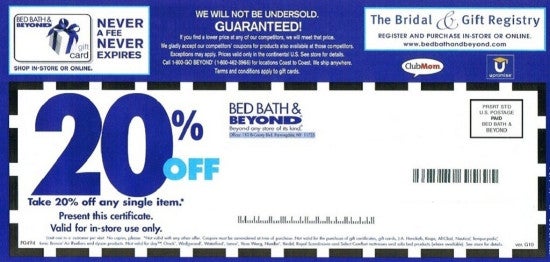Direct mail (aka, advertising mail – aka, junk mail) might seem a bit antiquated, but for the right project, it can be an effective means of reaching your audience. The fact that fewer marketers are using direct mail can work to your benefit. There’s less junk mail in mailboxes than there used to be, and according to industry statistics, Americans are actually less likely to throw away print ads than they were during the heyday of direct mail during the 1980s.
Direct mail campaigns typically start with a mailing list. You may have a mailing list of your own that you can use. You can add to your list or build one from scratch with the aid of a list broker who specializes in selling mailing lists to marketers. If you’re willing to pay for a broker, you can develop highly specialized mailing lists based on zip codes, household incomes, size of household and other characteristics. Regardless of where the list originates, having a clean database of addresses is key to the success of your direct mail campaign – without accurate addresses and names you can’t be assured that your messaging will reach its recipients.
Just as in digital messaging, personalization is important in direct mail. If you can personalize your campaign and send customized mailings to narrow segments of your target audience, your outreach is more likely to resonate. Track response rates to make sure your mailings are working and refine your list to make sure you’re not wasting your efforts.

Many of the same tools used in digital marketing (e.g., geolocating, custom URLs, targeting to personal interests based on surveys or past behavior) can inform your direct mail campaign. Many of the same rules also apply. Just as you wouldn’t expect to reach your audience with one single email, one mailing is probably not sufficient. It should take several mailings to reach your audience. A good campaign looks consistent, but is also varied – you might send three batches of mailings to your constituents, each of them with a different message but all branded similarly.
Direct mail can take the form of an 8.5” X 5.5” postcard (think Bed Bath & Beyond 20% Off mailing) or you can send smaller postcards, letters or numerous other formats. One of the advantages of direct mail is the variety that it offers. You can send branded bookmarks, magnets, pens, calendars, even coconuts or a message in a bottle if you so desire.
If possible, you may want to work with a graphic designer to assure that your mailing is visually striking. Having simple, strong messaging is especially important. Think of your mailings as calls to action in which the critical takeaway is underlined. Because people spend more time with direct mail pieces than they do with digital materials, you can provide more information and more context than you might otherwise. Make sure your direct mail piece includes a clearly worded means of responding — if possible include several ways of responding (e.g., email address, coupon code, customized URL).
